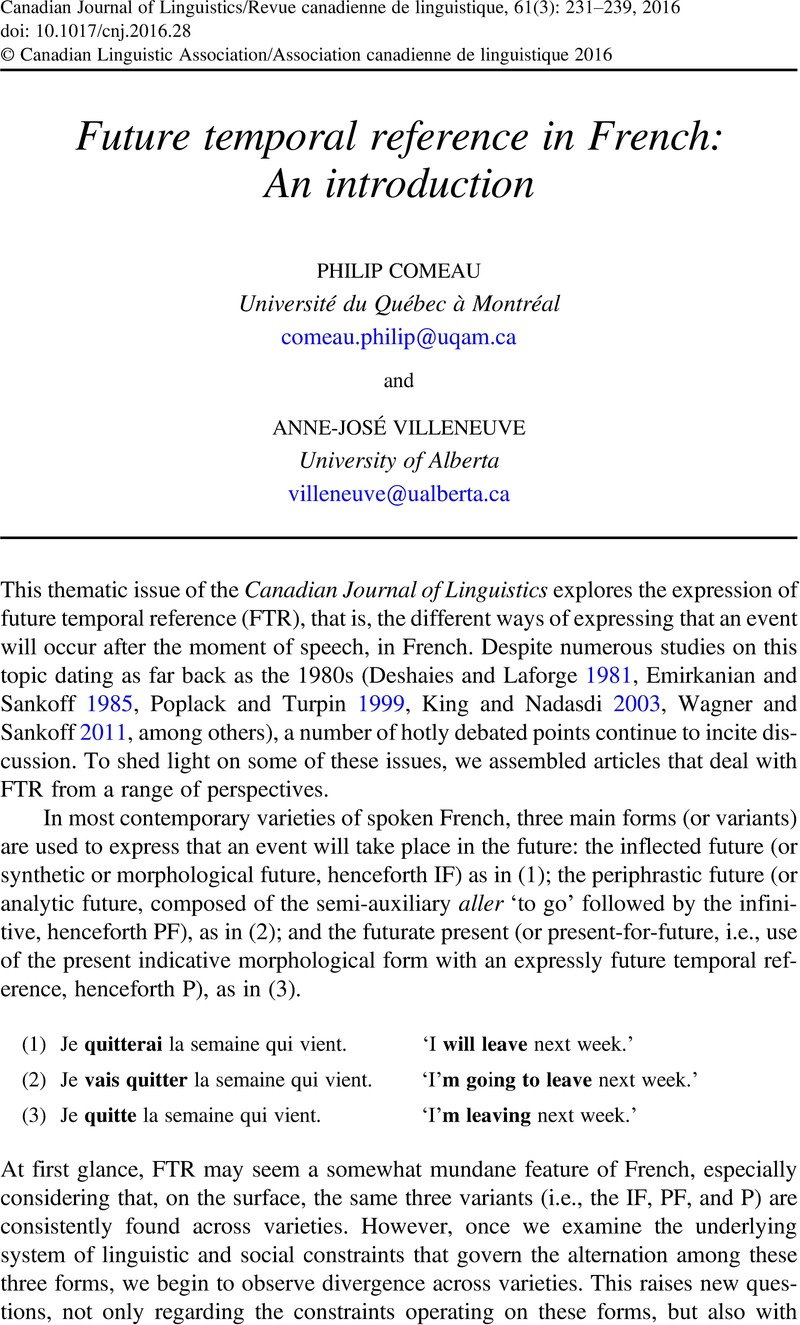Gudmestad, Aarnes,
Edmonds, Amanda,
Donaldson, Bryan, and
Carmichael, Katie.
2015. Future-time reference in Hexagonal French: Integrating the present indicative in a predictive model of variable use. Paper presented at 44th New Ways of Analyzing Variation (NWAV 44), Toronto.
Google Scholar 